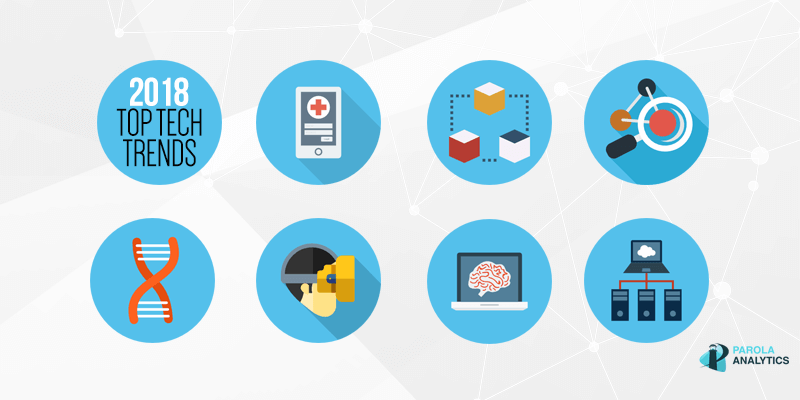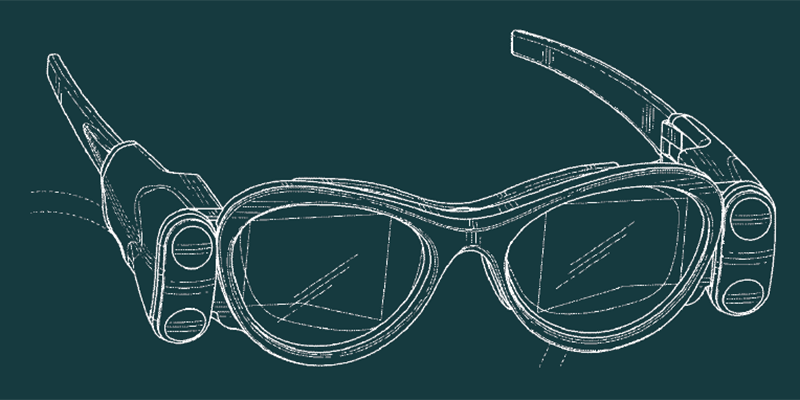Researchers from Northeastern University have developed a computational model that claims to simulate, with high precision, outcomes for spinal cord treatments.
Between 250,000 and 500,000 people suffer a spinal cord injury (SCI) every year, according to the World Health Organization. As of 2014, average lifetime expenses for SCIs are estimated to be at least $1.1 million.
Northeastern University’s patent application is aimed at streamlining the clinical pipeline for SCI therapies, specifically stem cell approaches. It aims to make the development of therapeutic strategies more rational and cost-effective, as the computational model, according to the filing, could predict the likely outcome of experiments that are difficult to perform due to resource constraints.
According to the researchers, modeling approaches have not been used in biomedical research relating to spinal cord injuries. Such approaches have been standard in other areas of biomedicine for decades. Biologists, for example, make use of computers to recognize patterns and predict system behavior. Also, the potential of computational modeling in drug discovery has previously been recognized in academia.
The modeling and simulation software described in the patent application is based on a cellular automata (CA) framework, as opposed to a differential equation framework. It transforms a 3D problem into a 2D one. The CA model views the spinal cord as a two-dimensional lattice, wherein each lattice site is empty or contains a cell having one of four state values: stem cell, progenitor cell, differentiated cell, or dead cell.

These state values feed into the computational model, which generates predictions using a set of rules and associated probabilities, which themselves are translated from the molecular and cellular mechanisms that inform the behavior and interactions of discrete cells. The CA framework simulates the outcome of the underlying biological processes for spinal cord tissue growth.
Additionally, the CA model enables the modification of specific rules and the associated probabilities according to differences in the type or developmental stage of tissue. The inventors say this flexibility makes the designed model a versatile tool for applications in drug discovery and tissue engineering.
They also mention how, through further modifications, the technology can be applied to drug discovery related to tumor growth. Stem cell transplants have emerged as a viable cancer treatment, specifically for hematologic variants like leukemia, multiple myeloma, and lymphomas. Northeastern University’s patent, if approved, could help cancer researchers overcome safety and efficacy challenges with stem cell approaches.
The invention was made with a government grant awarded by the National Science Foundation. One of the listed inventors has also studied stem cell-driven spinal cord regrowth in teleost fish, which includes the majority of all fish species.
The featured patent application, “Cellular Automata Model Of Stem-cell-driven Growth Of Spinal Cord Tissue”, was filed with the USPTO on October 30, 2020. It was published on June 10, 2021 with publication no. US 2021/0174969. The listed inventors are Gunther Zupanc, David Lehotzky, and Rifat Sipahi.






